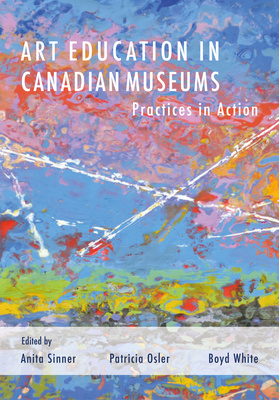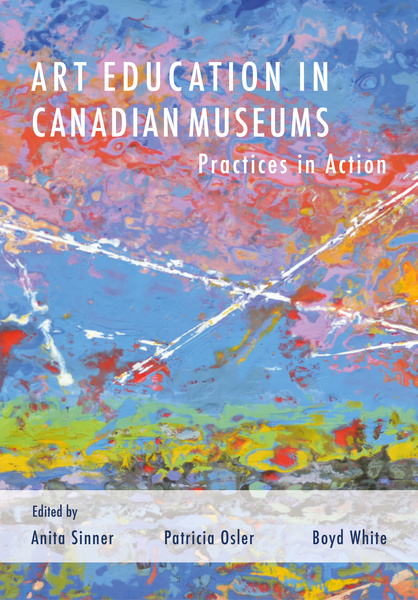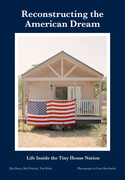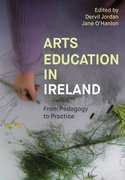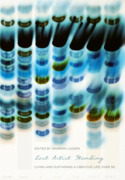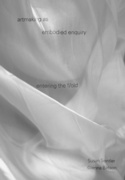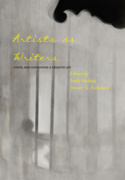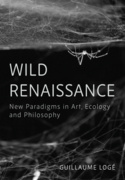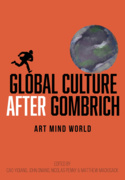Art Education in Canadian Museums (Book)
Practices in Action
Surveys how art educators are engaging with a new range of approaches to museum education, responding to modern challenges in ways that are uniquely Canadian. Organized into three sections, this collection reconceptualizes museums to consider accessibility, differences in lived experiences, and how practices create impactful change. 54 col. illus.
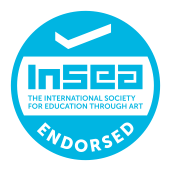
Edition
This collection considers how Canadian art educators are engaging with a new range of approaches to museum education, and why educators are responding to 21st century challenges in ways that are unique to Canada.
Organized into three sections, this collection reconceptualizes museums to consider accessibility, differences in lived experiences, and how practices create impactful change.
With the overarching concept of relationality between art museums and interdisciplinary perspectives, authors consider methodological, philosophical, experiential and aesthetic forms of inquiry in regional museum contexts from coast-to-coast-to-coast that bring forward innovative theoretical standpoints with practice-based projects in museums, articulating how museums are shifting, and why museums are evolving as sites that mediate different and multiple knowledges for the future. Informed by social justice perspectives, and as catalysts for public scholarship, each chapter is passionate in addressing the mobilization of equity, diversity and inclusivity (EDI) in relation to practices in the field.
By weaving the learning potential of interacting with artworks more fully within situated and localized social and cultural communities, the authors present a distinct socio-political discourse at the heart of teaching and learning. Rupturing preconceived ideas and sedimentary models, they suggest a discourse of living futures is already upon us in museums and in art education.
Anita Sinner is a professor of Art Education at the University of British Columbia, Vancouver, Canada. She works with stories as pedagogic pivots and creative geographies in education.
Boyd White is an associate professor in the Faculty of Education, McGill University, Montreal, Canada. His teaching and research interests are in philosophy and art education, focusing on aesthetics and art criticism.
Patricia Osler is a Concordia Public Scholar and doctoral candidate in Art Education with Concordia’s Faculty of Fine Art. Her research focuses on the neuroscience of creativity, art-as-research and museum education.
Acknowledgement
Introduction – Richard Lachapelle
Part 1: Aesthetic Relations
1. Setting the Objects Free: Experimenting with Alternative Narratives and Unheard Voices at the Aga Khan Museum – Ulrike Al-Khamis
2. Immanence and Being with Contemporary Art – Fiona Blaikie
3. Defining Artful Literacies: Adolescent Affects, Belonging and Cross-sectorial Creativity – Amélie Lemieux and Emma Beaton
6. The Poetry of Travelling Concepts: A Movement-Based Pedagogy – Marie-Hélène Lemaire
Part 2: Learning Relations
7. Unpacking the Canon Within: Using Phenomenological Art Inquiry to Decolonize – Shannon Leddy
8. Starvation Plates: A Fine Art Example of Educational Interpretation Design – Richard Lachapelle
10. The Pedagogic Potential of Interpretive Spaces in Art Exhibits: Examples from the Kitchener-Waterloo Art Gallery – Agnieszka Chalas and Stephen Lavigne
11. Arts Inclusion: The Joy of Collaborative Community Art Programmes – Dale Sheppard
12. Advancing Inclusion as Social Justice: When Museums Become Spaces of Belonging That Support Diverse Learning Experiences – Darla Fortune
13. Sharing the Museum: Rethinking Cultural Mediation and Museum Education – Anik Meunier and Jason Luckerhoff
Part 3: Site Relations
15. Researching and Reclaiming Edmonton’s Queer History: Que(e)rying Curatorial and Archival Practice Through a Community-Based Public Art Exhibition – Michelle Lavoie and Kristopher Wells
18. Augmented Reality and Museum Education: Rethinking Interactive Learning Experiences in Museums – Quincy Qingwen Wang, Kristiina Kumpulainen and Paula MacDowell
Biographies
Index
Reading Art Education in Canadian Museums: Practices in Action, was inspiring. I journey across the country, encountering museums as performative touchstones of learning and cross-cultural connections. Curators, artists, scholars and educators create enlivening programs, recognizing the 'beauty of human complexity in action'. I wish that I had a museum to reimagine as a communal space of belonging and enlivening encounters to welcome those who arrive. And awakened to the critical issues of absence, silenced, ignored, I see the possibilities in the exemplary programs shared by authors and their thoughtful approaches to the challenges and issues faced by today’s museums in all their variations of presentation.

